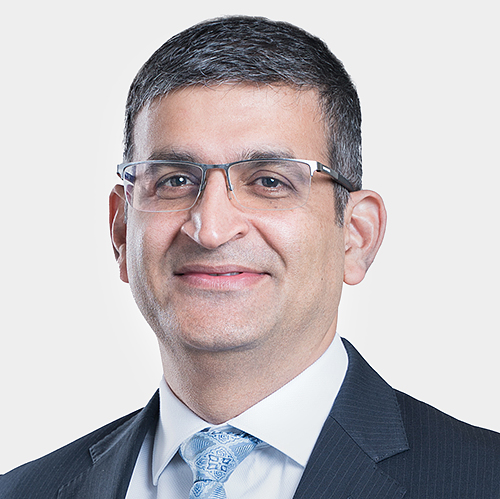The trend towards sustainability investing has resulted in the rapid growth of green bond issues – bonds that are intended to fund projects that have positive environmental or climate benefits. Contrary to popular view, sustainability investing isn’t just about energy conservation.
Let’s not forget that the ocean covers more than 70% of the earth’s surface, and 97% of our planet’s water comes from the ocean. Our planet is covered with marine life – resources that are sadly being polluted if not depleted.
Perhaps in what appears to be a “David and Goliath” fight, the tiny island nation of Seychelles initiated the issuance of “blue bonds”, a first-of-its-kind fixed income instrument designed specifically to fund marine-related projects.
“It’s a bond designed to preserve and protect marine life on various facets. It means that the use and proceeds of the blue bonds are all directed towards the preservation of marine life,” says Rahul Sheth, executive director of capital solutions at Standard Chartered Bank, who was responsible for the structuring of the bonds.
The first ever blue bond issue may be small, raising only US$15 million. But it is quite significant as it provided a template by which fixed-income investors can tap opportunities for investing in marine life. Investors can achieve returns while protecting the marine environment.
In terms of structure, the Seychelles blue bond was thoughtfully designed. Three institutional investors with sustainability mandates invested in the bond. These are Calvert Impact Capital as the lead investor, Nuveen Investments, which is a subsidiary of the Teachers Insurance and Annuity Association, and US insurer Prudential Group.
“All the investors were involved from the beginning. The principal condition of the investors is that all the proceeds must be used for financing marine-related projects,” Sheth says.
To ensure repayment, the structure of the Seychelles blue bond includes a principal guarantee from the World Bank amounting to US$5 million. In addition, a US$5 million loan is provided by the World Bank’s Global Environment Facility to cover the interest and debt service payments in the unlikely event of a default.
Of the proceeds, US$3 million will be used for providing grants to fishermen that will allow them to purchase advanced equipment designed to protect the marine environment.
The grants will be administered by the Seychelles Conservation and Climate Adaptation Trust.
The remaining US$12 million will be used for providing marine-related loans to small and medium enterprises to be administered by the Development Bank of Seychelles.
In terms of yield and tenor, the blue bond has a 10-year tenor and eight-year amortization and pays an interest of 6.5%.
When asked why it was necessary to structure blue bonds and whether green bonds could have served the same purpose, Sheth replies: “Blue bonds are focused on marine ecology, while with green bonds you could include 15 different varieties of assets.”
“Green bonds cover the marine environment only on a superficial level. If you read the green bond principles they would just make a brief mention of this, but they wouldn’t go into the depths of what it contains or what it requires. Likewise, if you look at the climate bonds initiative taxonomy,” he adds.





.jpg)
.jpg)


